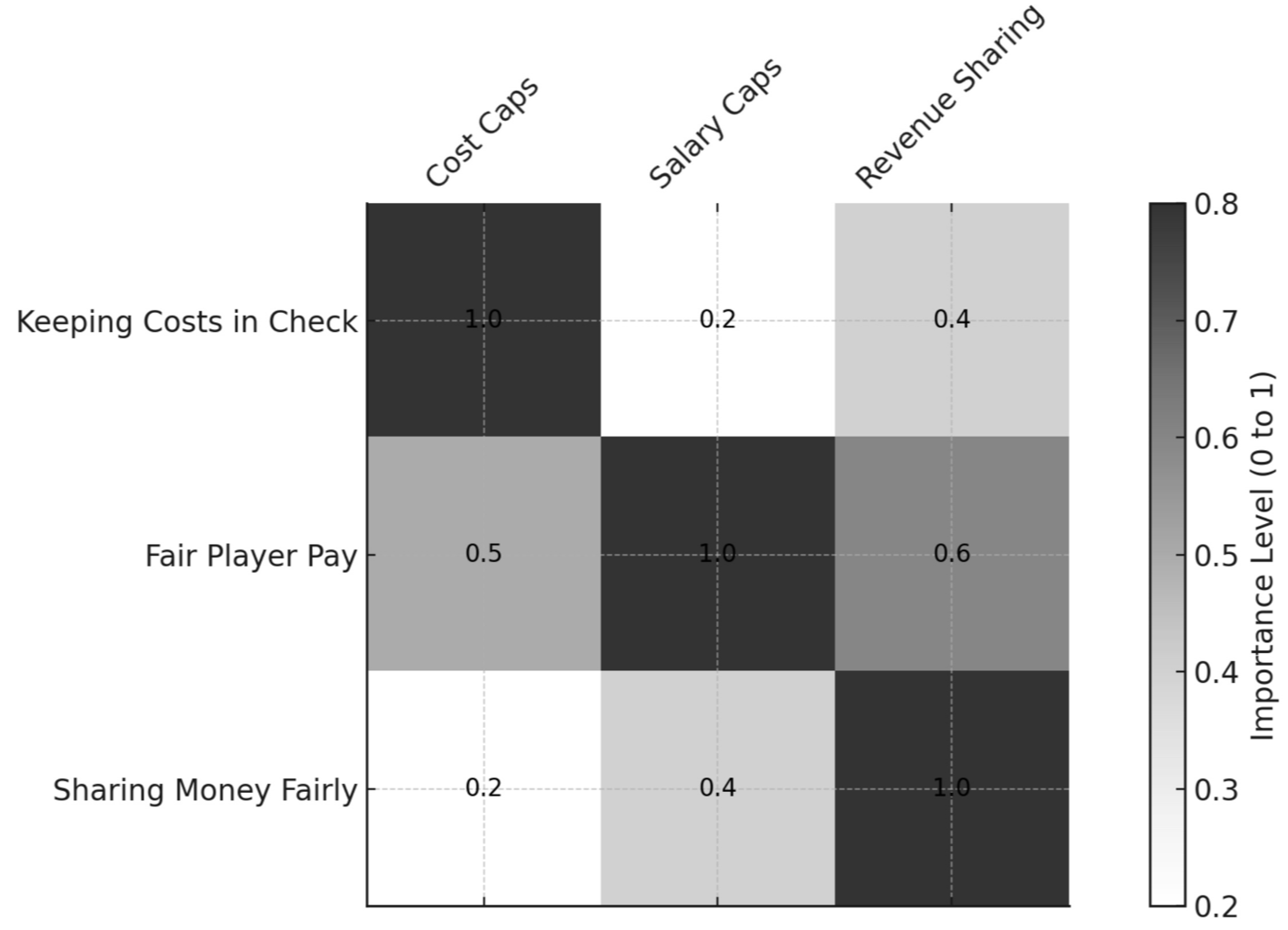Write your awesome label here.
MODULE 3
CAPS AND BALANCE –
HOW LIMITS AND REVENUE SHAPE COMPETITION IN F1
Lesson 7
COST CAPS AND SALARY CAPS: UNDERSTANDING THE LIMITS
In sports and racing, cost caps and salary caps are financial limits set to keep spending in check. They’re designed to make competition fairer and prevent wealthier teams from dominating by outspending others. However, a cost cap and a salary cap work differently:
Salary Cap: A salary cap, on the other hand, is a limit on what teams can pay their athletes and staff. It’s commonly used un team sports like the NFL. By capping salaries, leagues ensure that teams can’t just buy up all the best players, which would create an uneven competition. The idea is to give all teams a fair shot building s strong roster, regardless of their financial resources.
Cost Cap: This is a total spending limit for an organization, typically on things like equipment, development, and other operational costs. For example, in Formula 1, a cost cap limits how much teams can spend on car development, which balances the playing field between big and small teams. It prevents wealthier teams from gaining a competitive edge by constantly investing in better technology, forcing everyone to focus on efficiency and innovation within the same financial boundaries.
Salary Cap: A salary cap, on the other hand, is a limit on what teams can pay their athletes and staff. It’s commonly used un team sports like the NFL. By capping salaries, leagues ensure that teams can’t just buy up all the best players, which would create an uneven competition. The idea is to give all teams a fair shot building s strong roster, regardless of their financial resources.
Both caps are intended to make the sport more about talent and strategy than just money, which helps maintain fan interest and competitive balance. And like we said before, fan interest is the foundation for financial success in sports!
Lesson 8
REVENUE SHARING:
IT LEVELS THE GRID
Revenue sharing is a financial practice where teams or organizations pool together some of their earnings and then redistribute a portion back to each team. In sports, this often includes revenue from sources like TV deals, merchandise sales, and sponsorships. The idea is to help balance out financial differences between wealthy and less wealthy teams, allowing smaller-market teams to compete more effectively.
For example, a league might pool broadcast earnings and then share a portion with all teams, regardless of how popular or profitable they are individually. This way, every team has a more stable income and a better chance of building competitive rosters, which keeps the league more balanced and exciting for fans. You can quickly think of these concepts like this: Cost caps are about controlling overall spending, salary caps are about controlling salaries, and revenue sharing is about how the finances are distributed.
Lesson 9
VISUAL EXPLANATION:
CAPS, BALANCE, AND FAIRNESS

The numbers in the visual were created from my own general understanding of how cost caps, salary caps, and revenue sharing typically work and their importance to sports organizations. The numbers (e.g., 1.0, 0.5, etc.) represent how strongly each concept supports the others. The lower the number is between 0 and 1, the less important it is. If the number is 1, it’s very important. So, the light colors represent “low”, the middle gray color is “medium”, and the black is “high”. It shows, for instance, that the relationship between cost caps and sharing money fairly is low, but the relationship, or concept, between keeping costs in check and cost caps in very high. These numbers are based on how these ideas are used in real sports, like how Formula 1 controls spending with cost caps, how the NFL ensures fair salaries with salary caps, and how leagues share TV money among teams to keep things balanced.
Now that we’ve gone over these financial concepts, let’s look at a quick financial history of F1 and its financial systems. After that, we’ll check out the NFL’s financial systems, and then we will compare the two leagues.

